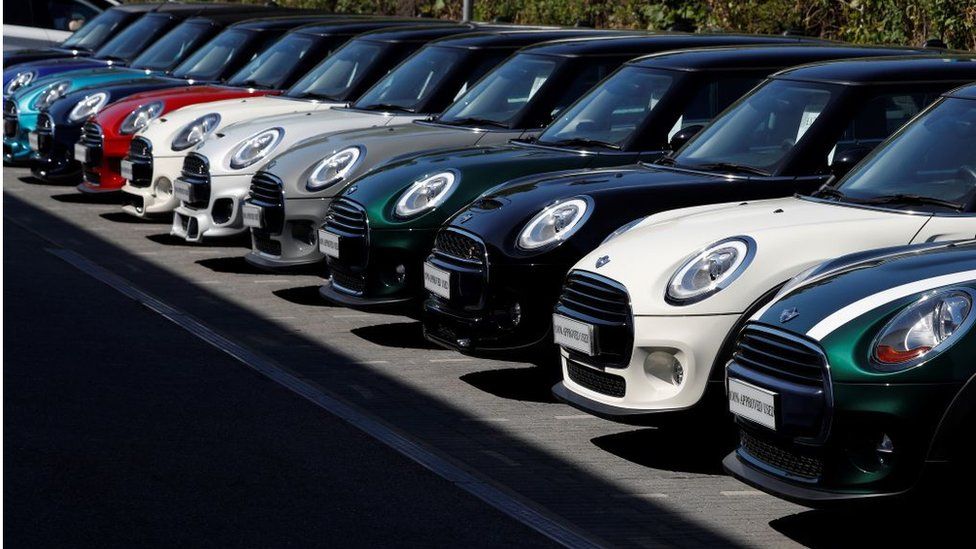In today’s rapidly evolving automotive market, the allure of second-hand cars has never been more pronounced. With the rising costs of brand-new vehicles, coupled with concerns over depreciation and sustainability, more consumers are exploring the pre-owned market. But what exactly makes second-hand cars such an attractive proposition? This article delves into the numerous facets that make buying a used car a smart and financially sound decision.

Affordability: The Primary Attraction
One of the most compelling reasons to consider a second-hand car is the significant cost savings. New cars can lose up to 20% of their value the moment they are driven off the lot, with an additional 10% depreciation within the first year. This means a $30,000 car could potentially lose around $9,000 in value in just 12 months. By opting for a used vehicle, buyers can avoid this initial depreciation hit, allowing them to purchase a car that retains more of its value over time.
Moreover, second-hand cars often come with lower insurance premiums. Insurance costs are typically based on the car’s value, so a less expensive, pre-owned vehicle often results in cheaper insurance. This can lead to substantial savings, especially for younger drivers who are already facing high insurance rates.
Variety and Choice
The second-hand car market offers a vast array of options that might not be readily available in the new car market. Buyers have the opportunity to choose from different makes, models, years, and even colors that might no longer be in production. This variety allows consumers to find a vehicle that perfectly suits their preferences and needs without compromising on their budget.
In addition to the range of choices, the second-hand market also presents opportunities to own higher-end models that may be out of reach when new. Luxury vehicles, for example, depreciate more rapidly than standard models, making them more affordable on the second-hand market. This means buyers can experience the prestige and comfort of premium brands without the hefty price tag.
Certified Pre-Owned Programs
For those concerned about the reliability of a used vehicle, Certified Pre-Owned (CPO) programs offer peace of mind. CPO cars are typically only a few years old, have low mileage, and undergo rigorous inspections to meet specific manufacturer standards. These vehicles often come with extended warranties and other benefits, such as roadside assistance, which further enhance their appeal. This program effectively bridges the gap between buying new and used, providing reassurance to buyers while still offering significant cost savings.
Reduced Depreciation Concerns
Depreciation is a significant factor to consider when purchasing a vehicle. New cars begin to depreciate the moment they are driven off the lot, with some models losing as much as 30% of their value within the first three years. On the other hand, second-hand cars have already experienced the steepest part of their depreciation curve, meaning their value will decline more gradually. This slower depreciation rate is beneficial for buyers, as it helps preserve the car’s resale value, offering better long-term financial stability.
Environmental Benefits
Another key advantage of purchasing a second-hand car is the positive impact on the environment. The production of new vehicles requires a significant amount of resources and energy, leading to substantial carbon emissions. By opting for a used car, consumers help reduce the demand for new cars, which in turn decreases the overall carbon footprint of the automotive industry. Additionally, keeping a car on the road longer maximizes its utility and reduces waste, contributing to a more sustainable and environmentally-friendly approach to vehicle ownership.
The Role of Technology in the Pre-Owned Market
Advancements in technology have made the process of buying a second-hand car more transparent and reliable than ever before. Online platforms and apps allow buyers to search for vehicles from the comfort of their homes, providing detailed information on a car’s history, including previous ownership, accident records, and service history. These tools empower consumers to make informed decisions, reducing the risk of purchasing a problematic vehicle. Furthermore, many platforms offer ratings and reviews from other buyers, which can provide additional insights into the reliability and performance of specific models.
Negotiation Leverage
In the world of second-hand cars, buyers often have more room to negotiate compared to purchasing a new vehicle. Dealerships and private sellers may be more willing to reduce the price or offer incentives to close a deal. This negotiation leverage can lead to significant savings and allow buyers to get more value for their money. It’s also worth noting that, with the abundance of options available, buyers are in a strong position to walk away if a deal does not meet their expectations, giving them further bargaining power.
Concluding Thoughts
The growing popularity of second-hand cars is underpinned by a blend of affordability, variety, and sustainability. As the market continues to evolve, buyers have more tools and resources at their disposal to make informed choices, enhancing the appeal of used vehicles. With the potential for significant savings, reduced depreciation concerns, and environmental benefits, it’s no wonder that more consumers are turning to the second-hand car market as a viable alternative to purchasing new. Whether you’re looking for a reliable commuter vehicle or a luxury car at a fraction of the cost, the second-hand market offers a wealth of opportunities worth exploring.